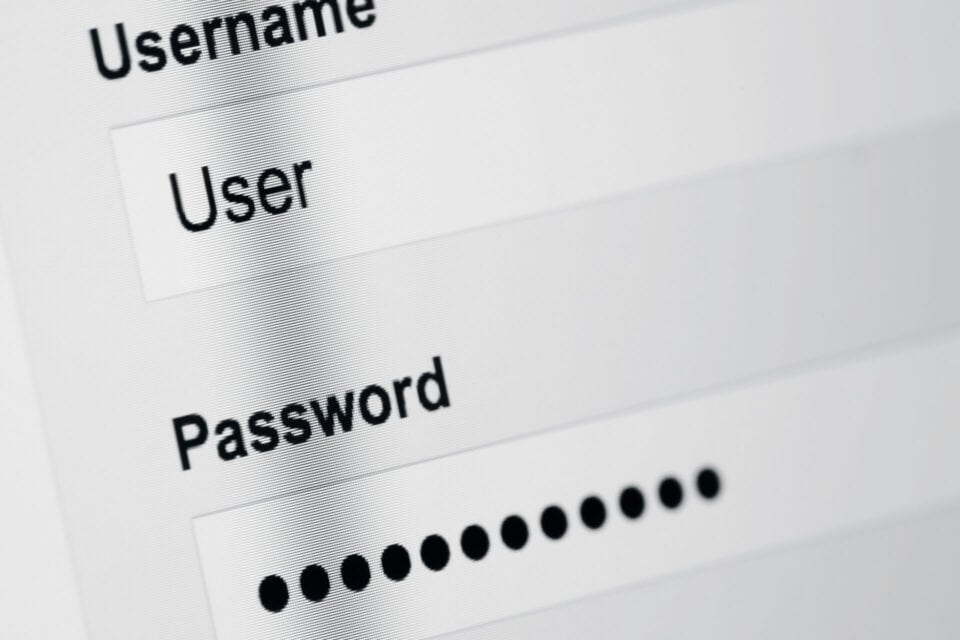Today is April 22, aka Earth Day. It shouldn’t come as a surprise that this blog post is dedicated to helping you make your business more environmentally friendly in an easy way. In this day and age, people expect businesses to be eco-friendly. Grocery stores sell reusable bags. Some restaurants and take outs have switched to eco-friendly to go containers instead of using plastic and Styrofoam.
Without further ado, here are my top 11 tips on how to make your business more eco-friendly and a bit more green.

1. Send & Receive All Invoices and/or Receipts Electronically
This may come as a no brainer, but there are still a lot of businesses out there that send their invoices and/or receipts via snail mail. This not only wastes a lot of paper for the invoice itself, but for envelopes as well as stamps. That’s a lot of paper (and trees) for something that may just end up being discarded. Reams of paper are not cheap either. By ditching the printed invoice method, you can help your business save money by not having to buy paper every month or every other month.
If you can’t go totally paperless, I highly suggest buying post-consumer water (PCW) paper. Just because a box of paper has the recycle symbol on it, doesn’t mean it can actually be recycled. Only PCW paper is made from recycled paper. If you can’t get 100% pure PCW paper, try to get what you can with as much PCW content available.
And what about those invoices you printed that had a mistake on them? Or when the printer unexpectantly runs out of ink and you’re left with a page of grey words nobody can read? Recycle that paper! Use the blank side of the paper for notes, for internal work, sketches, etc. When your paper is no longer usable in any way, put it in the recycle bin (see #6).
While you are at it, sign up to have your bills and invoices sent to you electronically. This will help reduce the amount of paper and waste other companies are using as well as keeping the buildup down to a minimum in your own office.
2. Refillable Pens
Something that is not thought about enough is, what happens to those pens once they have run out of ink? Toss them, right? Where they will sit in a landfill for who knows how long. Why not invest in refillable pens? My favorite pens are the Pilot G-2. You can usually find the pens in a pack of 5 or 6 on up to a 20 pack. Refills generally come in a set of 2 for less than $2.00. Keep the plastic out of the environment!
3. Recycle Your Ink & Toner
If you aren’t already, recycle your ink and toner. Stores like Staples and Office Depot have a program where if you bring in your used ink and toner cartridges you can save on your next ink/toner cartridge purchase. There are other companies that will allow you to ship several empty cartridges at once for them to reuse or recycle. Some companies will pay for brand name toners and ink cartridges. A quick Google search will let you know who is in the area and who you can mail a box out to.
4. Use Eco–Friendly Cleaning Chemicals
Using harsh, toxic chemicals are not only bad for the environment, they are bad for your employees too. Making the move to ditch the toxic chemicals for eco-friendly biodegradable sprays and cleaners is super simple! Most stores nowadays carry at least one brand (if not more) of environmentally friendly cleaners. Take it one step further and go with a product like Seventh Generation and Method that is also animal-free and cruelty free.
5. Set up Recycle Bins in the Office
Set up different recycle bins in the office. If you have the room, a bin for bottles, a bin for cans, and a bin for paper. Try to have the bin(s) for cans and bottles near the breakroom or kitchen. Having multiple bins in multiples places throughout the office will be a helpful reminder to employees to reduce their waste. If your office has a kitchen, you could even set up a compost to further go green!
6. Recycle Your Electronics & Upgrade to Energy Efficient Models
Upgrading computers, monitors, printers, smartphones or tablets in the office? Don’t just dump those items to sit in a landfill! Check with the local schools or charities in your area. They could probably be put to good use. Or alternatively, there are companies that have recycling programs allowing credit for trade-ins and/or donation program for charities. Other companies, such as Staples and Best Buy have trade in programs for used electronics for cash or to recycle un-reusable older devices.
When upgrading your old tech, make sure to look for their energy-efficient models, even on things like coffeemakers. Using energy-efficient appliances is good for the environment because they use less energy. And using less energy reduces your utility bill! Win-win!
7. Ditch Throw-A-Ways & Single Time Use Items
Instead of using single-use products around the office (hello, single-serving coffee pods and Styrofoam cups), encourage employees to bring in their own mugs, cups, and/or refillable water bottles. For a fraction of the price, a large tin of coffee grounds will make more cups of coffee than the non-recyclable, single serving coffee pods! You can also look into switching out paper towels to hand dryers in both the washrooms and kitchen (if your office has it).
8. Energy Efficient Lights
Ditch your incandescent lights and replace them with high-efficiency lights like LEDS and CFLs. While they may cost a little more upfront, they will last up to 50 times longer than regular lighting and they use less energy than the incandescent lights. This will help drive down the electricity costs.
9. Green Your Commute
Encourage your employees (and yourself) to carpool, bike, walk, or use public transportation to get to and from work. Biking and walking are great exercise and is a carbon-neutral form of commute! Carpooling and use public transport are another way to slash your carbon footprint. And overtime, money will be saved by not having to purchase as much gas!
10. Energy Audit for Your Business
Already doing most or all of the above and want to do more? Sign up for a no-cost business energy audit. A quick search should show if your state has a local utility-sponsored program to help businesses become an eco-friendlier workplace. These local utility-sponsored programs will help companies with leaky pipes, seal cracks, update heating insulation, replace old light bulbs and more. And updating recommendations the auditors make may be subject to partly or fully covered by your state. It is definitely worth looking into!
11. Go Green with Your Web Hosting!
Did you know that web hosting accounts for about 2% of the world’s carbon emissions? That is the same amount as the airline industry! It seems weird that something that exists online would be harmful for the environment, but it is true. Each website’s data has to exist somewhere, and it does – that data is stored in an actual physical location. Because so much is going on in these data centers, the hardware gets very hot. The only way to keep the hardware from burning up is air conditioning – and lots of it!
Fortunately, several web hosting companies have taken notice of the impact on the environment and are doing something about it. Some companies rely on renewable energy, planting trees, others have invested in carbon offsets and renewable energy certificates in a bid to reduce the environmental cost of running their servers and other hardware. A lot of these companies cost about the same as other web hosting companies that are still running their servers on fossil fuels.
Double check with your web master to see if your business’ website is being hosted by a green web hosting company. If you are still unsure or don’t have a web master, send me a message and I can let you know if you are or not. I can also offer you suggestions on which hosting companies are green and what would be a good fit for your business.



